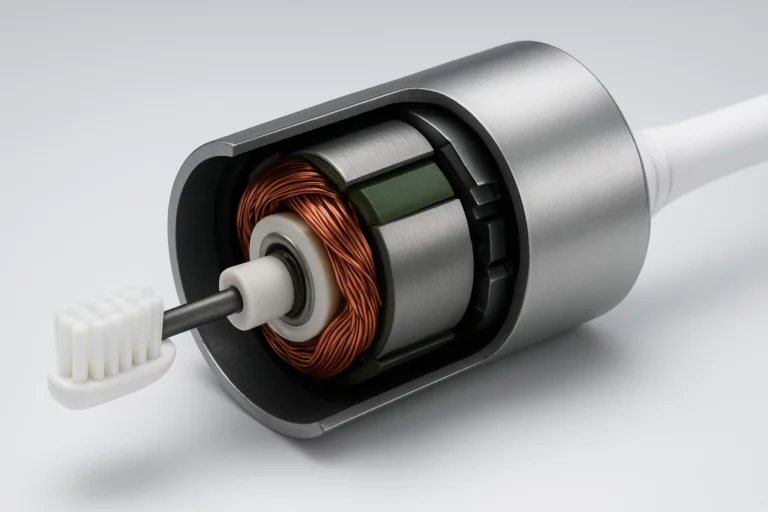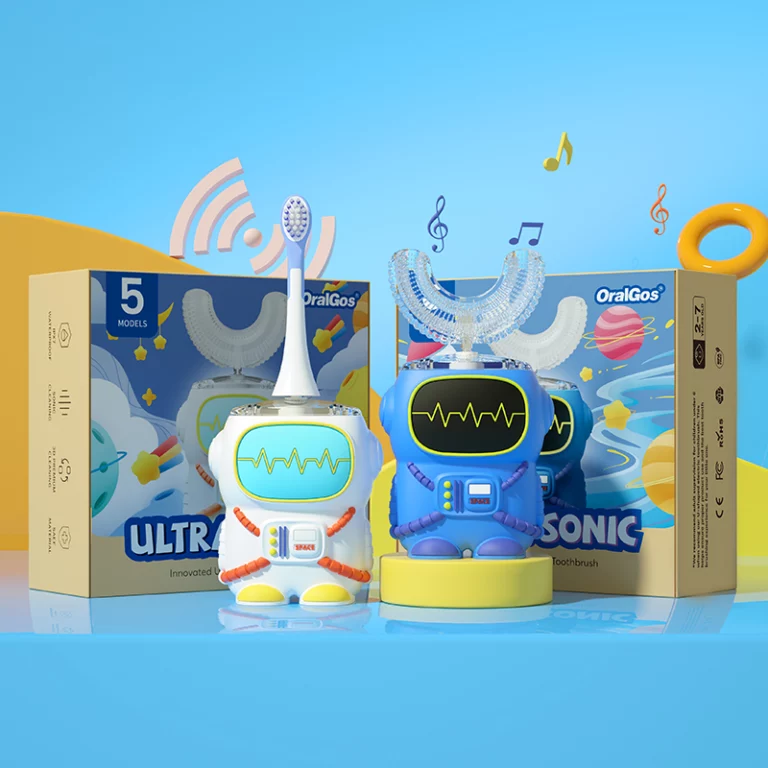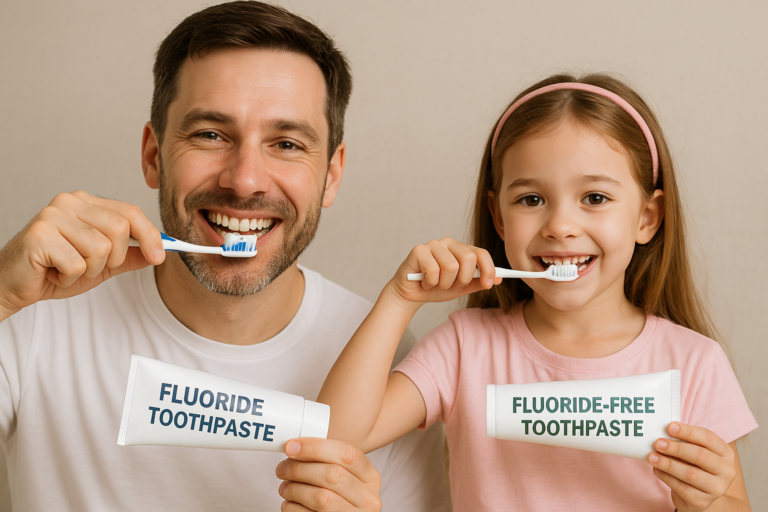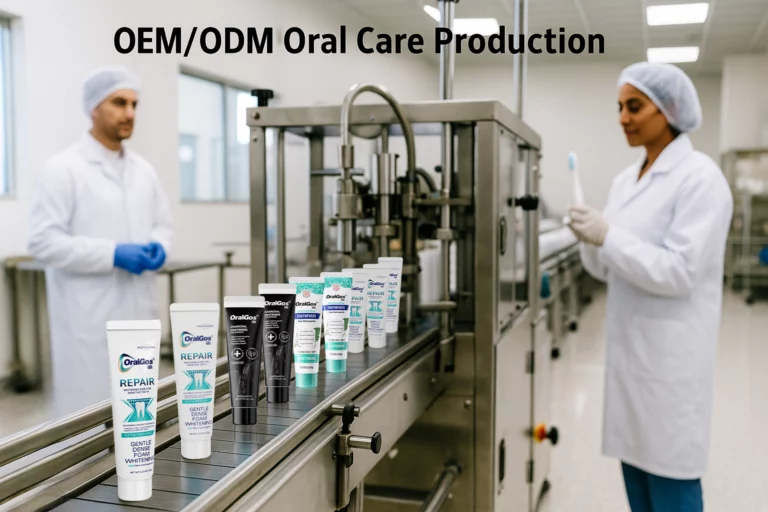Introduction
Bad breath is more than just an embarrassing issue—it’s a widespread concern that impacts people across all age groups. While consumers often turn to mints or breath sprays for a quick fix, oral-care professionals and product developers know that long-term relief comes from addressing the root causes. For oral-care brands and manufacturers, offering reliable bad breath solutions is essential for building customer trust, product loyalty, and brand credibility.
This article explores:
The common causes of bad breath
How to distinguish between types of halitosis
Simple diagnostic tools and testing methods
Product strategies that deliver real results
What Really Causes Bad Breath?
Halitosis, commonly known as bad breath, can stem from several underlying issues. Understanding these root causes is crucial for developing effective and targeted products. The main types include:
Oral Causes (Intraoral): These account for the majority of cases and involve bacteria on the tongue, in gum pockets, or between teeth. These bacteria produce volatile sulfur compounds (VSCs) that create foul odors.
Systemic Causes (Extraoral): Health issues in other parts of the body—such as acid reflux, sinus infections, or even diabetes—can also lead to persistent bad breath.
Temporary Causes (Transient): Foods like garlic or onions and conditions like morning breath fall into this category.
Psychological Causes (Pseudohalitosis): Some individuals believe they have bad breath despite no detectable odor. This may require psychological support rather than oral treatment.
By identifying the type of halitosis, oral-care professionals can recommend or develop more precise solutions.
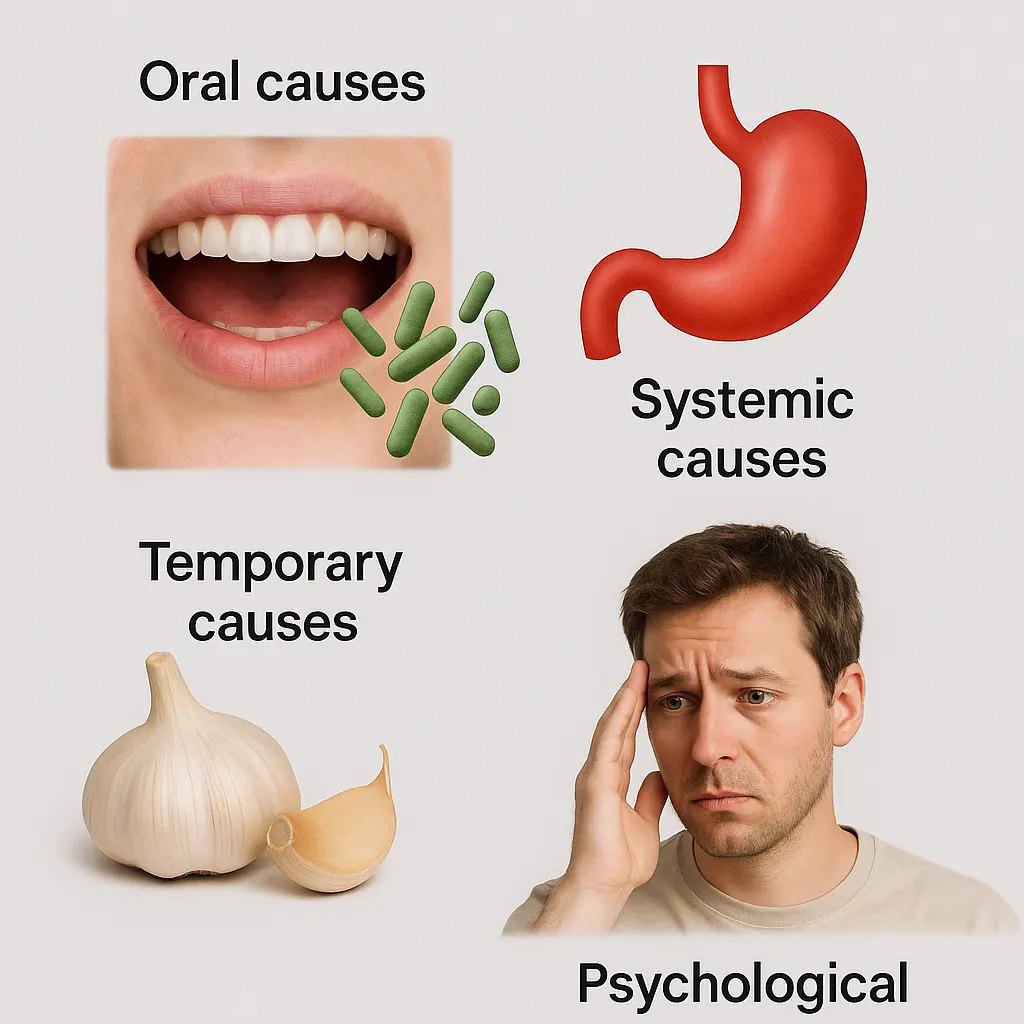
How to Test for Bad Breath
You can’t solve a problem if you can’t measure it. Accurate diagnosis helps inform better treatment and product recommendations. Here are the most common testing methods:
1. Organoleptic Assessment
This involves a trained expert assessing the breath by smell and assigning a score. While simple and low-cost, it’s subjective and not scalable.
2. VSC Meters (e.g., Halimeter®)
These devices detect volatile sulfur compounds and provide a quantifiable measurement. They’re ideal for clinical settings or advanced dental consultations.
3. Saliva and Microbiome Testing
Some diagnostic services offer saliva-based or oral microbiome tests. These provide detailed insights into bacterial imbalances and can guide more personalized product formulations.
Understanding these testing tools enables manufacturers to support product claims with data and helps consumers trust the efficacy of the solution.
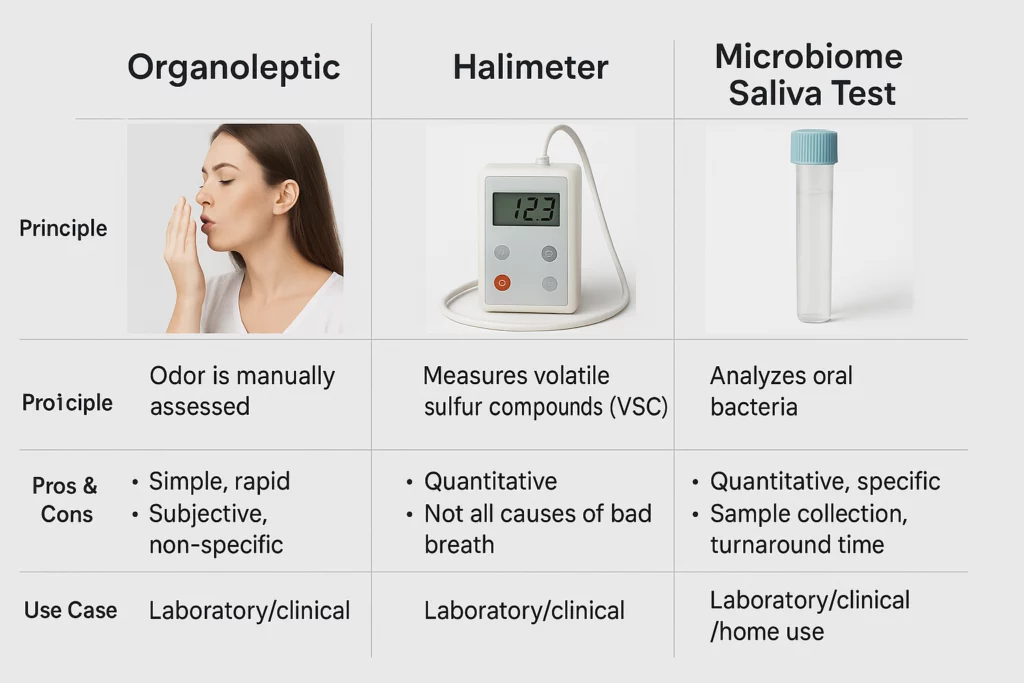
Product Strategy: From Concept to Shelf
Creating effective products for bad breath involves more than just freshening breath—it’s about solving the issue at its source. Here are the key areas to consider:
1. Focus on Tongue Cleaning
The majority of odor-causing bacteria reside on the tongue. Offer tongue scrapers or toothbrushes with built-in tongue-cleaning features. Soft materials like silicone or gentle PBT bristles can clean effectively without irritation.
2. Use Functional Ingredients
Choose ingredients backed by research:
Zinc salts: Bind with and neutralize sulfur compounds.
CPC (cetylpyridinium chloride): Kills harmful bacteria.
Xylitol: Helps maintain moisture and prevents bacterial buildup.
Natural alternatives such as tea tree oil and eucalyptus appeal to health-conscious consumers.
3. Promote Oral Moisture and pH Balance
Dry mouth significantly worsens bad breath. Formulas that include moisturizing agents like hyaluronic acid or aloe vera help keep the mouth hydrated. A balanced pH discourages bacterial overgrowth.
4. Leverage Oral Probiotics and Prebiotics
Newer products use probiotics such as Streptococcus salivarius K12, which promote healthy oral flora and reduce odor. Prebiotics nourish these beneficial microbes, supporting long-term balance rather than masking the issue.
5. Segment by User Demographics
Different groups—such as smokers, children, the elderly, and orthodontic patients—have unique needs. Creating targeted product lines helps brands show they understand and cater to specific customer challenges.
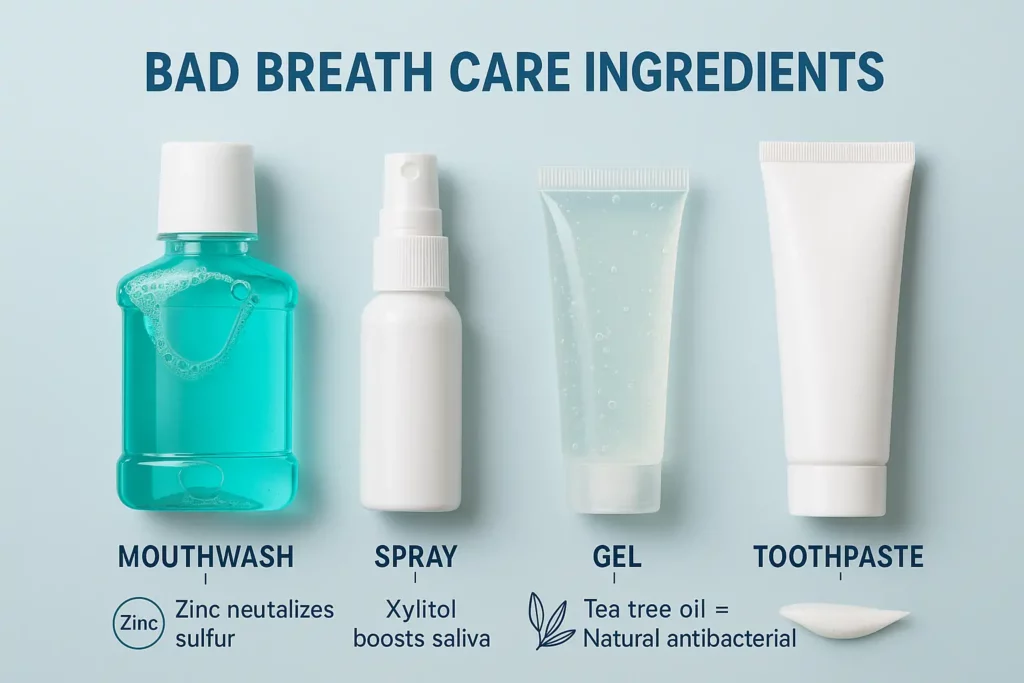
Packaging and Communication Strategy
Since bad breath can be a sensitive subject, product messaging must be tactful and reassuring:
Use approachable language like “fresh breath support” instead of “anti-halitosis.”
Include clear visuals showing how the product works.
Highlight clinical backing or third-party testing to build consumer confidence.
Professional, empathetic branding improves trust and boosts conversion, especially in the B2B space where confidence in product quality is paramount.
Manufacturing and Compliance Considerations
When producing bad breath solutions for the market, manufacturers should plan for the following:
Ingredient Regulations: Confirm compliance with market-specific guidelines, especially in regulated regions like the EU or Middle East.
Formula Stability: Ensure active ingredients remain effective throughout the product’s shelf life.
Flexible Formulations: Offering ready-to-customize base products—such as antibacterial rinses or probiotic sprays—lets clients develop tailored lines quickly.
A factory’s ability to provide scalable, compliant, and flexible production options can be a major selling point.
Market Trends and Future Innovations
Bad breath solutions are evolving rapidly, and brands that stay ahead of the curve will lead the category. Notable trends include:
Smart sensors that detect halitosis in real-time.
Oral microbiome-friendly certifications on packaging.
Multi-functional products offering whitening, odor control, and sensitivity relief in one formula.
Staying attuned to these innovations allows brands to continuously refine their offerings and stay competitive.
Conclusion
Tackling bad breath isn’t about short-term fixes—it’s about addressing the underlying causes with smart, targeted products. From identifying the type of halitosis to using functional ingredients and tailoring products for specific users, oral-care brands can build real value for their customers.
By combining accurate diagnosis, thoughtful design, and credible communication, companies position themselves as leaders in the oral-care space—offering not just fresher breath, but a healthier, more confident customer experience.


